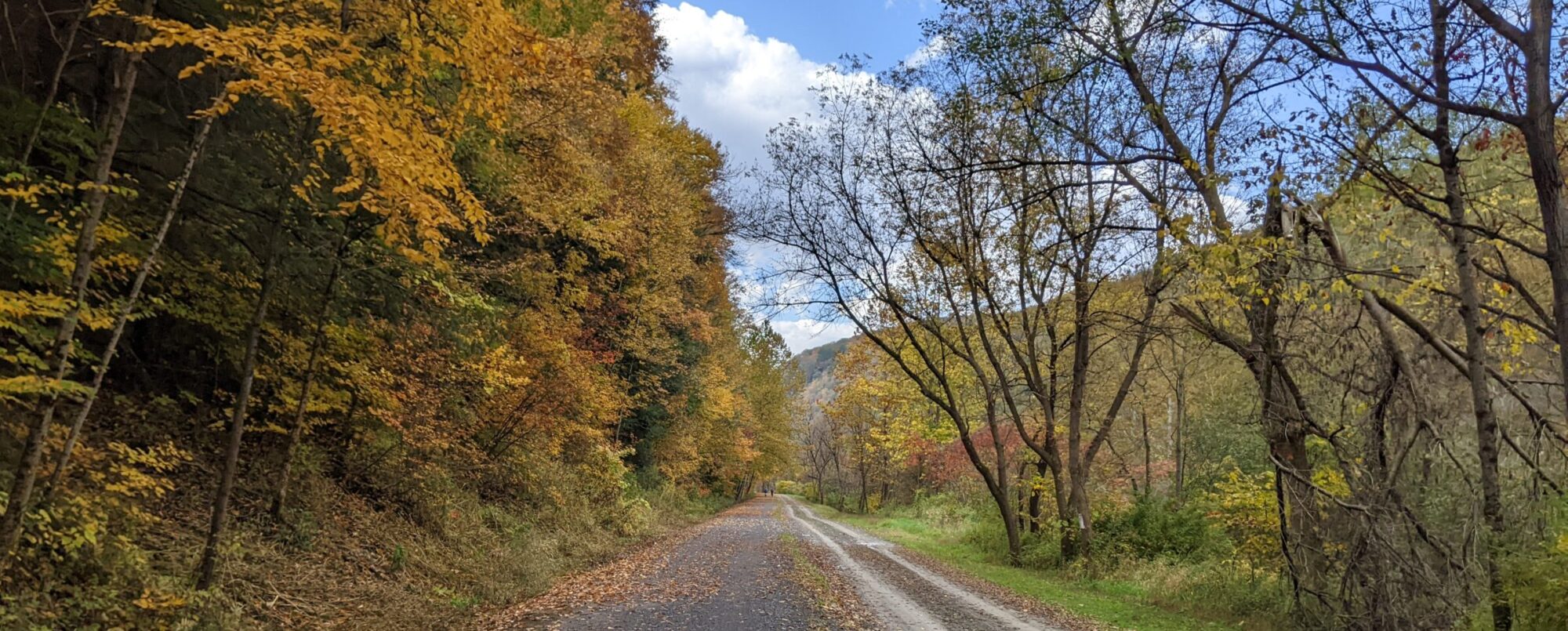This little video seems to have brought some attention to my website in the last two days. It’s true that I did indeed play a role in the video’s early release coming to light on July 3. But as an editor, I usually watch such things unfold from behind the scenes and behind the bylines. So imagine my surprise when I’m reading the coverage of it in, say, The Telegraph, and I come across my name. It’s really great that many people in the blogosphere/Twitterverse/news world are careful to hat-tip and cite sources, but the more times I saw my name, the more I wanted to crawl under my desk.
Nevertheless, the whole experience was pretty darn fun.
Let’s recap.
Today was the official announcement of the discovery of a new boson whose mass and properties are consistent with the Higgs boson. (Superb Science News story here.) But if you were doing your job, you knew — or at least strongly suspected — this news for a week or more. And since we at Science News are in the business of, erm, science news, we’ve been closely monitoring the situation, making plans and back-up plans, and brainstorming for many possible scenarios. My contribution to that effort was to keep my eyes peeled for graphics, images, video, animations, whatever, so we would know what was available when we sat down to put the final package together.
I noticed late on Monday afternoon that CERN had started uploading some explainers, like this video of John Ellis explaining what the Higgs boson is. So Tuesday while making my morning rounds of the Internet over coffee and cereal, I thought I’d check up on the CERN site. There among some obvious placeholders for Higgs decay events was the video above with the headline, “Joe Incandela, CMS Spokesperson, on CMS progress on the search for the Higgs Boson, 4 July 2012”. It was July 3. I thought, “Surely this must be another explainer.”
His first line: “We’ve observed a new particle.”
Wha …?
I fired the link off to Alexandra Witze, who covered the Higgs this week for Science News. She wrote back 20 minutes later not only concurring that they couldn’t have meant to release the video, but also with a couple of paragraphs with quotes to add to her Monday story, or something. I hurried in to work so we could work with the other editors to decide what to do.
Well, when the people you work with include a former newspaper editor and former wire reporter/editor, the answer is write it fast, triple-check everything, and run with it. I started editing the paragraphs Alex wrote and dashed off a new lede. I passed it over to news editor Matt, who added the background and boilerplate while I watched the video, downloaded it for the 17th time, and checked all the quotes. Around 10:37 a.m., we hit “Publish” on both story and tweet.
The tweet took off in the Twitterverse. Alex also tweeted it with a shout-out to me for finding the video, which is how my name got attached to this extravaganza. After about an hour, David Bradley at Sciencebase.com saw the item, grabbed the video, and ran with a post. Somewhere along the line it acquired the reputation of being a “leaked” video. After two hours, CERN had password-protected the video. Minutes after we discovered this, we saw a tweet from Nick Collins at the Telegraph:
@NicholasCollins: CERN says joe Incandela video leaked online is one of several made to cover every eventuality and not representative of final #higgs dataset
Alex got a similar response from CERN, which we added to the story.
The idea that they prepared multiple videos was the theme of a funny post by the Physics Buzz blog from the American Physical Society:
I wonder what these other videos would announce if they do indeed exist. A week ago, the Physics Central team came up with a list of potential scenarios for the actual Higgs announcement tomorrow, and I really hope they filmed a few of our suggestions. A few of my favorites would have made for great TV, in my humble opinion: …
When asked why Higgs results appear to have leaked to bloggers early, a CERN spokesperson replies, “That’s a clown question, bro.”
By the end of the day, there were versions of the story (besides in the places already mentioned) in MSNBC’s Cosmic Log, Discover’s 80 beats blog, New Scientist, Ars Technica, Huffington Post, National Geographic News, LA Times, CNET, … and more. My name was mentioned in a small handful of them, some of which linked to my Twitter profile, but several which linked here. Late today I finally gathered the courage to look the stats for this site, which I don’t really maintain. What I found:

Whoa. Um. Hi there?
While my editorial role for today’s Higgs announcement was as the support crew, yesterday’s excitement gave me a sense of attachment to the story. So, I woke up at 3 a.m. to tune into the CERN webcast, sharing in the excitement with my husband (also a geeky science writer) and coworkers via IM.
All in a day’s work. Lucky for me, I *love* what I do.

